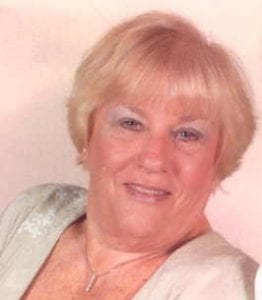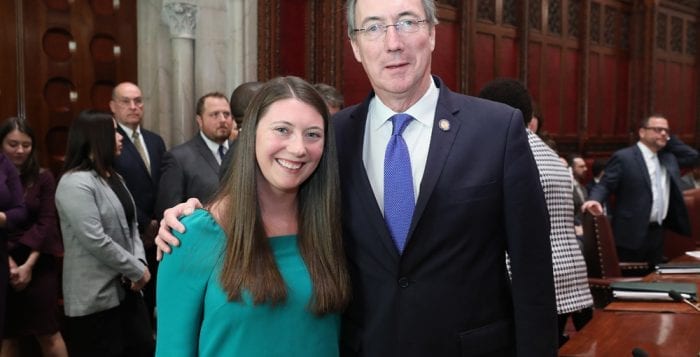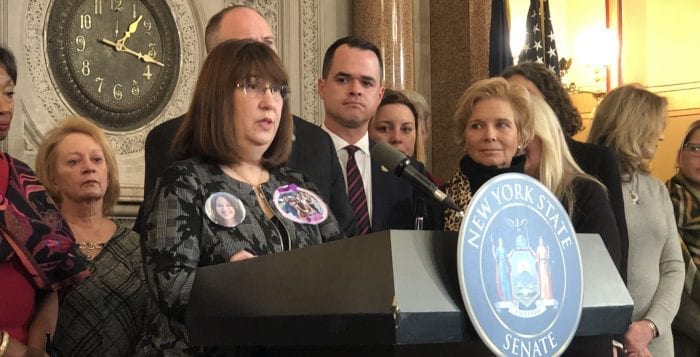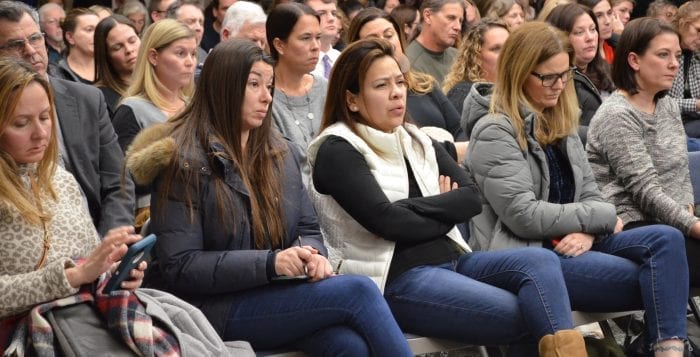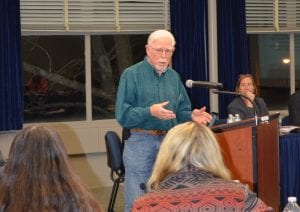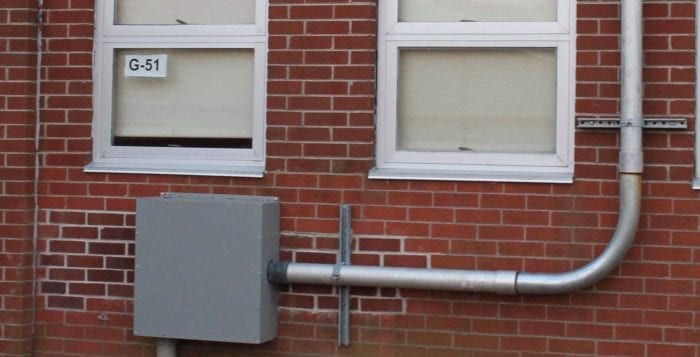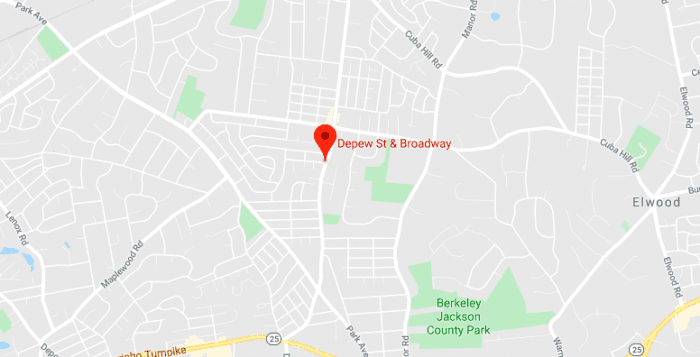When the Town of Huntington’s planning board originally authorized in 1965 a site plan for the Northport power plant’s first generating unit on the shores of the Long Island Sound, the impact on the greater safety, health and general welfare of the community was an overarching concern. In fact, the town’s approval stipulated that plant operators were required to submit emissions reports to the town, which were subject to regular review by town officials.
Today, the plant has expanded to four units, and while the town is still searching for records, officials do not know the last time the plant submitted an emission report from on-site monitors for a review. Town attorney Nick Ciappetta said the town is reviewing whether or not it has monitoring authority. The EPA and DEC, he said, have jurisdiction over plant emissions.
Some lawmakers firmly disagree, and State Sen. Jim Gaughran (D-Northport) is calling for action.
“The town has had more power than it’s realized,” he said. “It should take whatever action it needs to take.”
Gaughran said he regularly drives past the plant and smells foul odors. Last year, he requested a state health investigation after learning that graduates of Northport High School Class of 2016 were diagnosed with leukemia and lymphoma, after community members said they want to know if the plant’s emissions are a factor.
State health department investigators have now expanded their study to look at cancer rates in a broader population to look for patterns. (See story on Page A3) With that investigation underway, Gaughran finds it prudent to take steps to better protect the community.
Town Council member Joan Cergol agrees.
“If the Town, in its rezone of the property, or any of its agencies or boards in the 1960s imposed conditions on LILCO to protect the health and safety of Huntington residents, then it stands to reason that its successors should be bound by the same,” she said.
It is unclear what action if in any will be taken, but some are saying additional precautions would be prudent.
Danielle DeSimone is one several young adults diagnosed with leukemia from the Northport High School Class of 2016, who received a bone marrow transplant and is now in remission. She said she would absolutely support any policies that would better protect the public’s health.
“May no more families be faced with this burden unnecessarily,” she said in an email.
As the state’s health investigation continues, and as the town bears the additional burden of fighting LIPA and National Grid, spending $4.2 million to date, many people are looking at the plant with a discerning eye.
According to the DEC, the Northport Power Plant emissions are in severe violation of state and federal the air pollution standards for nitrous oxide and VOCs, which contribute to ozone. When inhaled, ozone chemicals react chemically with many biological molecules in the respiratory tract, the EPA reports, leading to adverse health effects.
It’s difficult to know whether or not a specific environmental toxin will cause a particular individual to develop cancer or other diseases, according to a 2003 report “Cancer and the Environment” published by the U.S. Department of Health and Human Services.
But significant sources of VOCs are chemical plants, gasoline pumps, oil-based paints, autobody shops, and print shops. Nitrogen oxides result primarily from high temperature combustion. Significant sources are power plants, industrial furnaces and boilers, and motor vehicles, according to the state Department of Environmental Conservation Permit Review Report from February 2019.
In response to inquiries, National Grid spokesperson Wendy Ladd said, “we submit our emissions report to the EPA and NY DEC.”
The DEC states that ozone is a regional air pollutant and most human and economic activity in the NYC metro area contribute in some way to ozone exceedences.
“If the DEC finds any facility poses an imminent threat to public health or the environment, the agency works to address the situation immediately,” said DEC spokesman Kevin Frazier.
Correction: An earlier version of this story reported that the Town Attorney Nicholas Ciappetta said that the town had no authority over emissions monitoring. The town is actually still reviewing the matter. (updated 1/29/2020)



